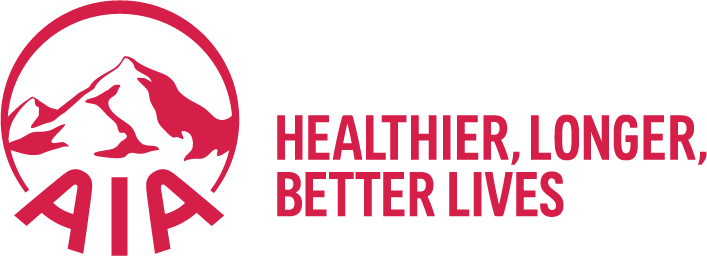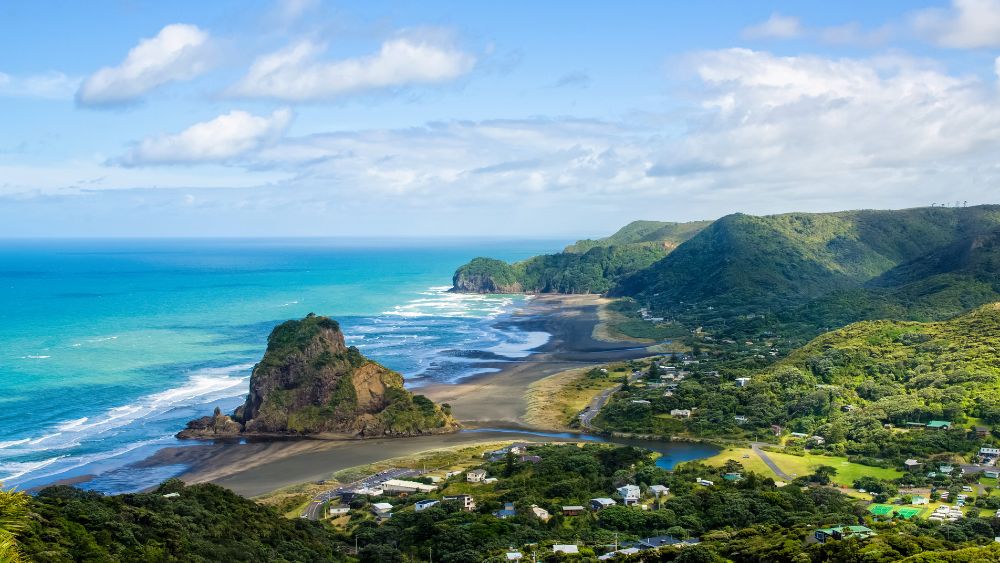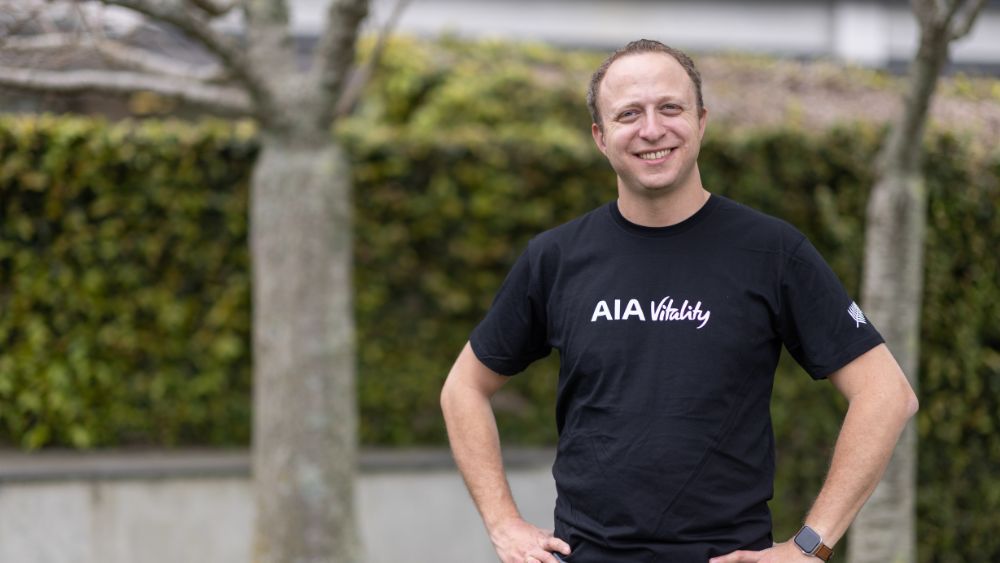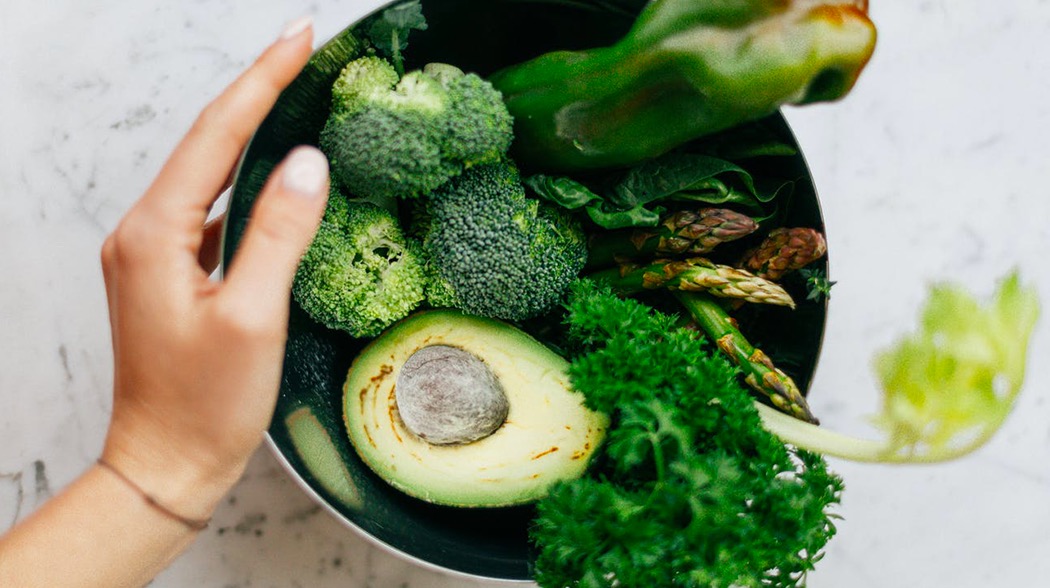We spoke with Camden Howitt, co-founder of Sustainable Coastlines, about how perceptions of sustainability have evolved, the biggest challenges facing New Zealand, and the role individuals and businesses can play in creating a more sustainable future.
Changing perceptions of sustainability
When I started working in sustainability in 2009, it was seen as something for the ‘greenies’ or ‘hippies.’ Environmental issues weren’t mainstream, and people didn’t really understand the urgency of things like plastic pollution or freshwater contamination. Back then, people would say, “That’s great, but what’s your real job?” Even fairly recently, I’d still get asked if I was paid for this work, as if sustainability wasn’t a legitimate career path.
But things have changed. Today, sustainability is everywhere. It’s part of business strategies, government policies and everyday conversations. People are recognising that looking after the environment isn’t just a moral choice, it’s essential for our individual, organisational and collective futures.
New Zealand’s biggest environmental challenges
New Zealand’s natural environment is incredible, but it’s also fragile. Our native species evolved without land-based predators, which makes them especially vulnerable to introduced species like possums, rats, stoats and feral cats. Wherever they are not actively controlled, these animals devastate our bird populations and forests.
Our oceans are also under immense pressure. Less than one percent of our oceans is protected. That’s a massive gap, especially for a country so connected to and dependent on its marine environment.
Then there’s water quality. Nearly half of New Zealand’s rivers are so polluted that they’re unsafe to swim in. That’s not something New Zealanders should accept. Imagine a future where every river is swimmable, perhaps even drinkable, because that’s what we should be aiming for.
How individuals can make a difference
Collaborate with others. In environmentalism it can be easy to think that you’re on your own, but there are so many community groups, conservation projects and volunteer organisations doing incredible work. Find a local group, connect with others and get involved. The mahi is better when you do it together.
Another big thing is voting with your wallet. Every purchase we make has an environmental impact. Choosing sustainable products, supporting ethical businesses, and even looking into where your KiwiSaver funds are invested can all make a huge difference. If you don’t like how a company operates, don’t give them your money. And tell them about it. That’s one of the strongest signals we can send.
Why sustainability is good for business
Businesses rely on nature more than they often realise. Whether its agriculture needing pollinators, tourism depending on pristine landscapes, or energy generators relying on lake levels, protecting nature is in everyone’s best interests.
Sustainability isn’t just the right thing to do, it’s good business. Companies that invest in sustainability are more resilient, have better reputations, and are more attractive to customers, investors – and future employees. Understanding how your business impacts the environment isn’t just about reducing harm; it’s about finding opportunities to innovate and lead.
Businesses also have a role in shaping policy, and can advocate for policy conditions that support their sector’s shift to nature-positive business. If we don’t lead here in New Zealand, we fall behind.
The power of storytelling and community
Like Jacques Cousteau, I’ve always believed that people protect what they love. Whether it’s a beach or the backcountry, a forest or a farm, people are more likely to fight for places they feel connected to.
That’s why storytelling is so important. If people understand the environmental issues affecting the places they love, and how they’ve come about, they are more likely to demand action. Businesses rely on their social license to operate, and communities can determine what corporate behaviour is acceptable, and what is not. Storytelling is a powerful tool to highlight problems, but also to create an emotional connection to solutions. When people see what’s possible, they feel inspired to act.
Stories that give me hope
Despite the challenges we face, there are some incredible success stories happening right now.
One example is the Hauraki Gulf Protection Bill, currently in Parliament. If passed, it would increase protections for one of our most important marine ecosystems. When marine environments are properly protected, they bounce back fast.
Another inspiring story comes from the Rees Valley, near Queenstown. Thanks to massive predator control efforts, Ngāi Tahu and The Department of Conservation were able to release 18 Takahē there. This is a species once thought to be extinct and is a huge conservation win and a reminder that when we put in the effort, nature responds.
Where to start if you want to help
Start local. It’s easy to feel overwhelmed by global environmental problems, but the best way to create change is to begin in your own backyard.
Can you remove invasive weeds? Join a local predator trapping programme? Pick up rubbish on your street? Small actions add up. When you see change in your own community, it gives you the confidence to do more, inspire others and scale up.
There’s a quote I love from Arthur Ashe: “Start where you are, use what you have, do what you can.” That’s how real change begins.






